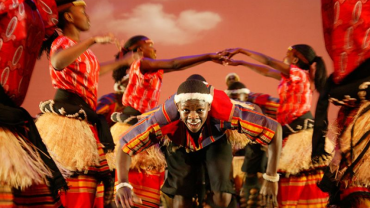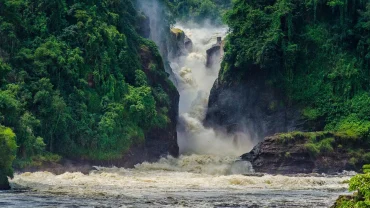Tucked away in the northeastern corner of Uganda lies Karamoja, a region often overlooked on mainstream travel itineraries—but one that offers some of the most authentic and awe-inspiring experiences in East Africa. With its raw landscapes, rich cultural heritage, and towering mountains, Karamoja is fast emerging as a must-visit destination for adventurers and cultural enthusiasts alike. At the heart of this captivating region stands Mount Moroto, a majestic volcanic mountain that beckons nature lovers, hikers, and curious explorers.
Karamoja: A Cultural and Ecotourism Treasure
Karamoja is home to the Karimojong people, a resilient and proud pastoralist community known for their distinctive traditions, colorful attire, and warm hospitality. Visiting Karamoja offers a rare opportunity to immerse yourself in a living cultural experience—through homestead visits, traditional dance performances, and engaging storytelling sessions.
Beyond culture, Karamoja boasts expansive savannah plains, dotted with wildlife and bordered by scenic hills and mountains. The Kidepo Valley National Park, located within the region, is often described as Africa’s most remote and pristine park, offering sightings of lions, elephants, cheetahs, giraffes, and over 470 bird species—all without the crowds.
Mount Moroto: A Hiker’s Paradise
Mount Moroto, standing at about 3,083 meters above sea level, is a dormant volcano and the most accessible of the chain of volcanic mountains in the Karamoja region. Its dramatic landscapes—ranging from dense forests to open ridges—make it an excellent destination for hiking and birdwatching.
Popular trails such as the Mount Moroto Forest Reserve hike take visitors through indigenous forests teeming with unique flora and fauna, and offer panoramic views over Moroto town and the surrounding plains. Hikers often encounter rock hyraxes, monkeys, and over 220 bird species, including the rare Lammergeier (bearded vulture).
Treks up Mount Moroto also provide opportunities to meet the Tepeth people, one of the least-known ethnic groups in Uganda who inhabit the mountain’s slopes. These encounters offer a powerful perspective on traditional mountain lifestyles, agriculture, and spiritual practices.
Why Visit Now?
With increasing efforts to promote community-based tourism in Karamoja, more safe and enriching experiences are available for travelers. Local guides, cultural centers, and eco-lodges such as Kara-Tunga Safari Camp in Moroto have been instrumental in making the region accessible while ensuring tourism benefits local communities.
Travel Tips:
- Best time to visit: June to September and December to February (dry seasons)
- Bring: Sturdy hiking boots, sun protection, and an open mind for cultural exchange
- How to get there: Daily buses and private hires are available from Kampala to Moroto; flights are also available to nearby Soroti or Kidepo airstrip




Comment (0)